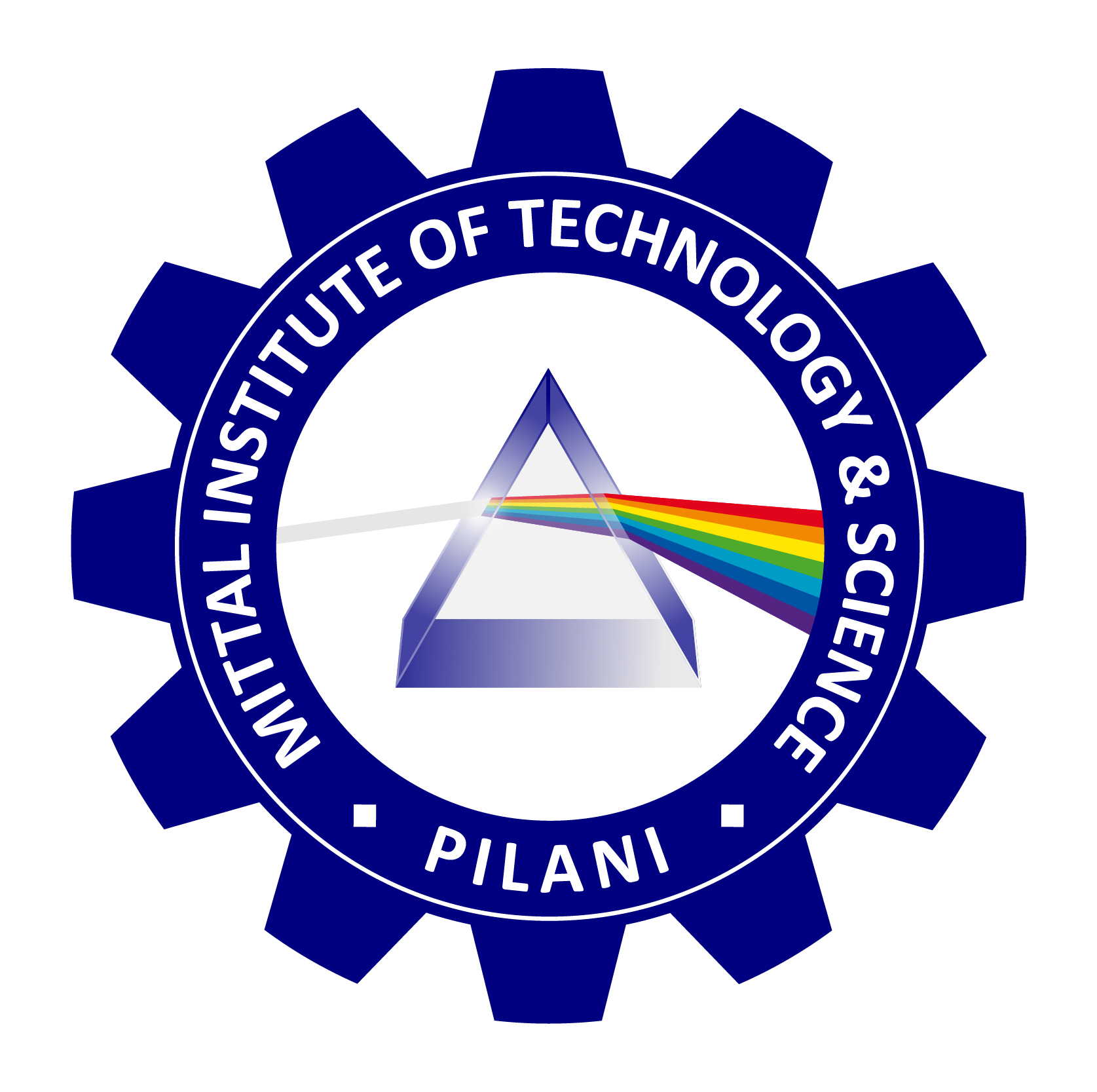
Modern Display Technologies — Hardware, Software, and Networks
Introduction
Display technologies have evolved dramatically over the past few decades, driven by innovations in hardware, software ecosystems, and networking. From bulky CRT monitors to sleek OLED displays, from X Windows to Wayland and beyond, and from standalone workstations to cloud-based streaming of entire desktops, modern display technologies embody a fusion of precision engineering and sophisticated computing.
- Hardware Advancements in Display Technologies
1.1 Display Panels
Modern displays have moved far beyond the old Cathode Ray Tubes (CRTs). Key technologies include:
- LCD (Liquid Crystal Display)
Standard in laptops and monitors. Known for affordability, energy efficiency, and lightweight design. - LED (Light Emitting Diode)
An improvement over traditional LCDs, using LED backlighting for better brightness and contrast. - OLED (Organic LED)
Each pixel emits its own light, enabling deep blacks, higher contrast, and flexible displays. Widely used in smartphones, premium monitors, and TVs. - MicroLED
Next-generation technology, combining OLED’s self-emissive characteristics with higher brightness and longevity. - Quantum Dot Displays (QLED)
Use nanocrystals to enhance color accuracy and brightness. - e-Ink Displays
Specialized displays for low-power reading devices like e-readers.
1.2 Resolution and Refresh Rates
- 4K, 8K Displays
Ultra-high-definition (UHD) resolutions are now mainstream, enhancing visual clarity for professional and entertainment uses. - High Refresh Rates (120Hz, 240Hz, and beyond)
Essential for gaming, virtual reality (VR), and fast-motion video content, providing smoother experiences.
1.3 Graphics Processing Units (GPU)
GPUs have become critical for modern display rendering:
- NVIDIA RTX Series and AMD Radeon RX Series offer hardware-accelerated ray tracing, AI-based upscaling (DLSS), and VR support.
- GPUs offload rendering tasks from CPUs, enabling real-time complex graphics and multi-monitor setups.
- Software: Display Protocols and Rendering Technologies
2.1 Display Protocols
- a) X Windows System (X11)
- The original network-transparent protocol for UNIX/Linux.
- Supports remote rendering and multi-user environments.
- Legacy technology, still in use in many enterprise and scientific setups.
- b) Wayland
- Modern protocol designed to replace X11.
- Offers lower latency, better performance, and improved security.
- Native support in GNOME, KDE Plasma, and other modern Linux desktops.
- c) Direct Rendering Infrastructure (DRI)
- Enables applications to directly communicate with the GPU, bypassing intermediate layers.
- d) Windows Display Driver Model (WDDM)
- Proprietary Microsoft architecture for managing graphics on Windows systems.
- Supports DirectX, hardware acceleration, and modern gaming APIs.
- e) Quartz Compositor (macOS)
- Apple’s proprietary rendering engine.
- Delivers smooth animations, high-resolution scaling, and energy efficiency.
2.2 Rendering Engines
- OpenGL / Vulkan: Cross-platform graphics APIs for rendering 2D and 3D graphics.
- DirectX 12 Ultimate: Microsoft’s powerful gaming and professional graphics API.
- Metal: Apple’s low-overhead, high-performance graphics API for macOS and iOS.
- WebGPU: Emerging web standard for rendering complex graphics directly in browsers.
2.3 Compositing and Window Management
- Compositing Window Managers (e.g., Mutter, KWin) render desktop environments with effects like transparency, shadows, and animations.
- Real-time compositing enables smoother user experiences, essential for modern desktops.
- Networks: Display Over Networks and Remote Rendering
Modern display technologies extend beyond local systems to networked environments, enabling cloud gaming, virtual desktops, and remote collaboration.
3.1 Remote Desktop Protocols
- RDP (Remote Desktop Protocol)
Microsoft’s protocol for accessing desktops over networks. - VNC (Virtual Network Computing)
Open protocol for remote desktop sharing. - SPICE (Simple Protocol for Independent Computing Environments)
Optimized for virtual environments like KVM/QEMU. - X Forwarding over SSH
Classic Unix method to run graphical applications remotely.
3.2 Cloud Streaming and Virtualization
- Cloud Gaming Services (NVIDIA GeForce NOW, Google Stadia, Xbox Cloud Gaming)
Stream high-performance games to low-powered devices. - Desktop-as-a-Service (DaaS) (Amazon WorkSpaces, Citrix Virtual Apps)
Stream entire desktop environments over the internet. - Virtual Desktop Infrastructure (VDI)
Enterprises use VDI to centralize desktop management and improve security.
3.3 Video Compression and Streaming
Modern display over networks relies on efficient compression:
- H.265 / HEVC: High Efficiency Video Coding for UHD streaming.
- AV1: Open-source, royalty-free codec designed for efficient streaming.
- Adaptive Bitrate Streaming: Adjusts video quality in real time based on network conditions.
- Integration of Hardware, Software, and Networks
The future of display technology lies in tight integration across layers:
- VR/AR (Virtual Reality / Augmented Reality)
Depend on ultra-low latency rendering, high refresh rates, and high bandwidth data streams. - Multi-Display and High-DPI Scaling
Professional workstations use seamless multi-monitor setups, high-resolution displays, and GPU acceleration. - AI Upscaling
AI-driven enhancement (e.g., NVIDIA DLSS) boosts perceived resolution and frame rates without demanding hardware. - Edge Computing for Rendering
Offloading rendering tasks closer to the user to reduce latency, especially for VR and cloud applications.
Modern display technologies represent the convergence of sophisticated hardware, optimized software, and high-performance networks. From OLED screens powered by AI-enhanced GPUs to cloud-streamed desktops and VR environments, the way we visualize digital information continues to evolve at an unprecedented pace.
Hardware advancements enable breathtaking visuals, software protocols provide the frameworks for smooth interaction, and network technologies break geographical barriers, making remote, high-performance display experiences a reality.
As we move towards even more immersive environments — such as the Metaverse, holographic displays, and AI-driven rendering — the fusion of these three pillars will define the next frontier of visual computing.
.
